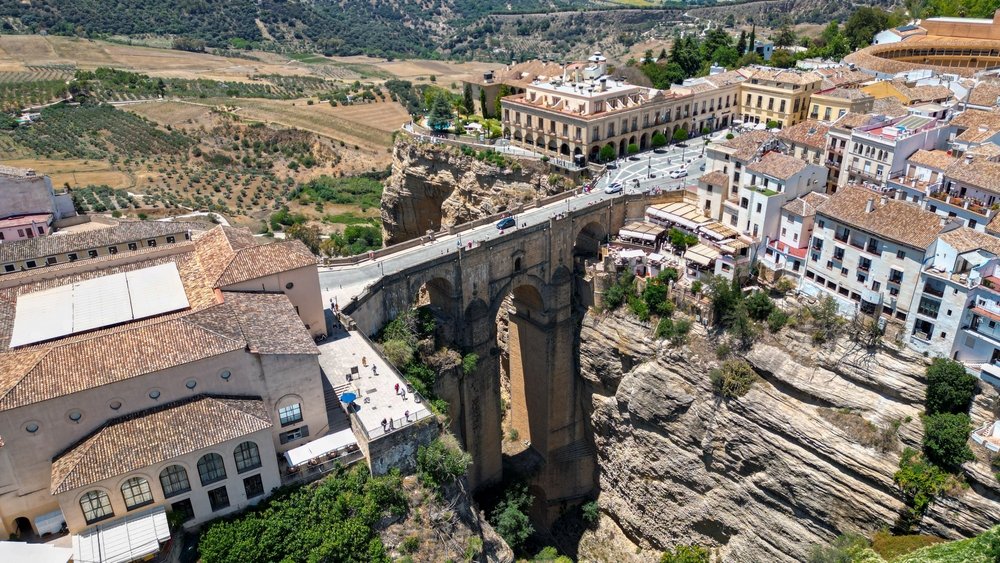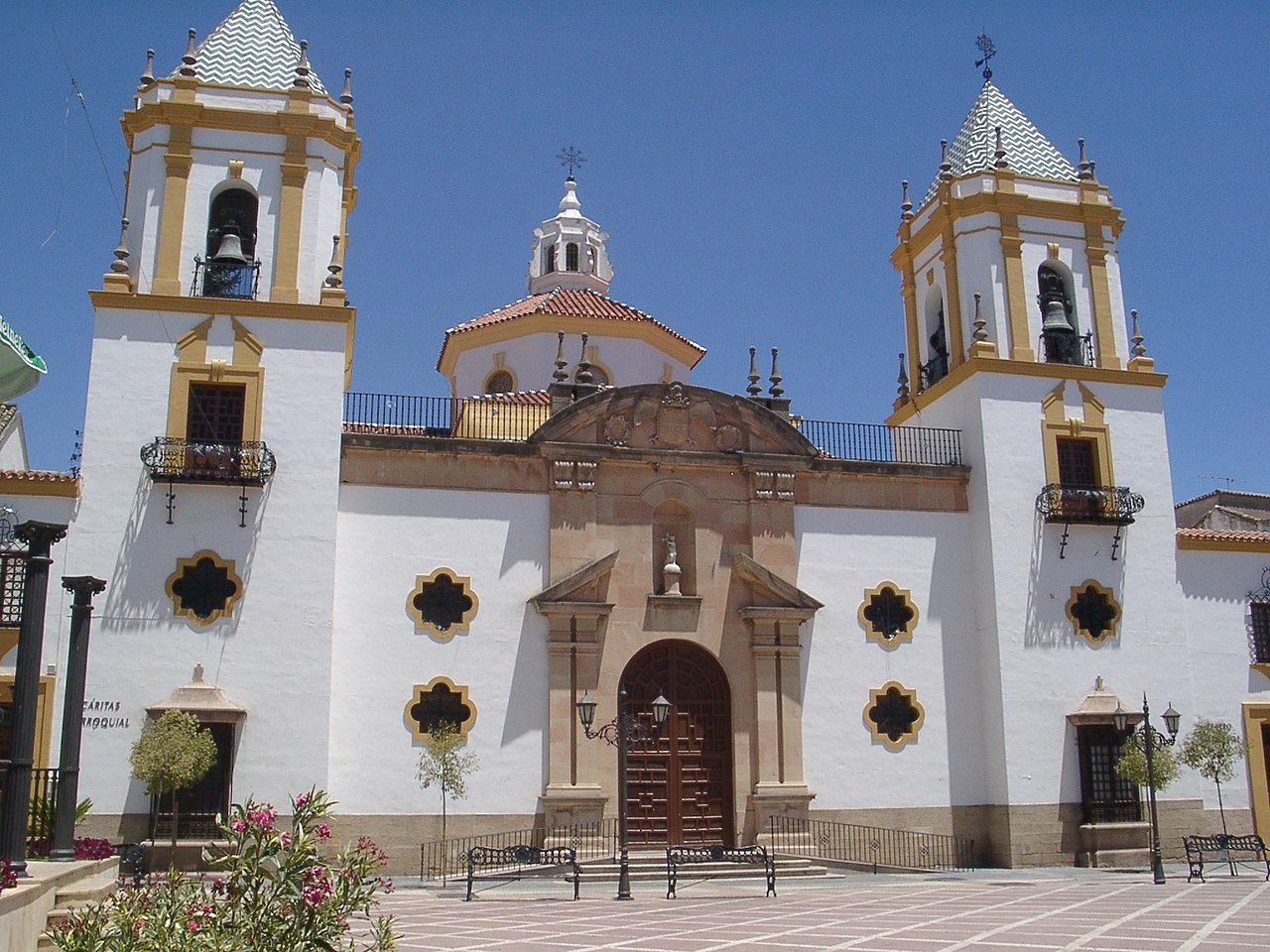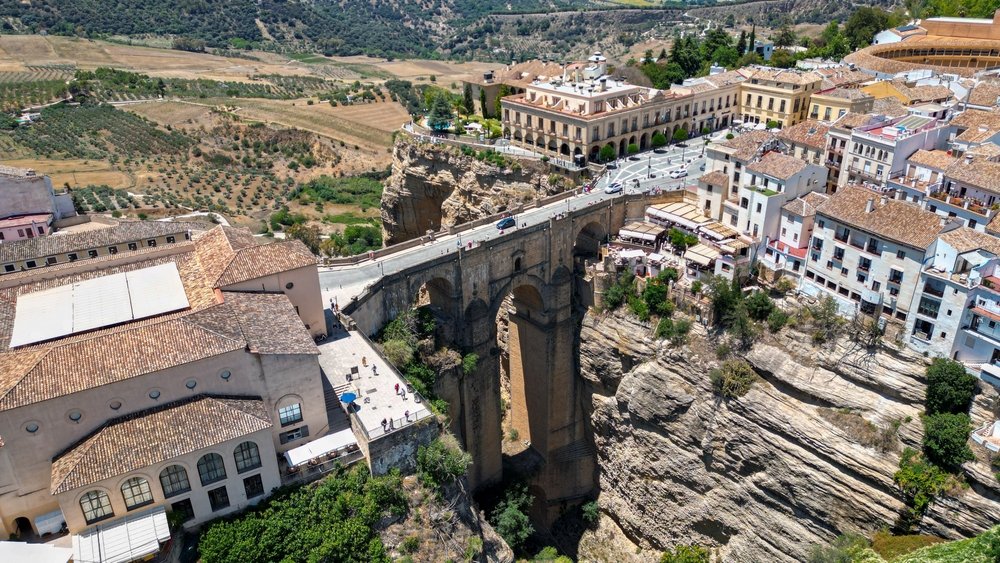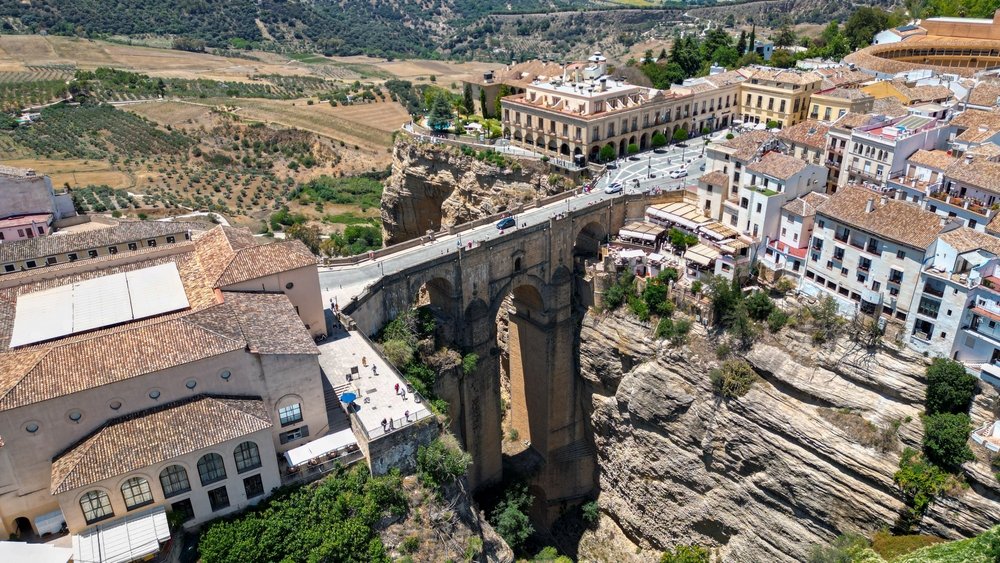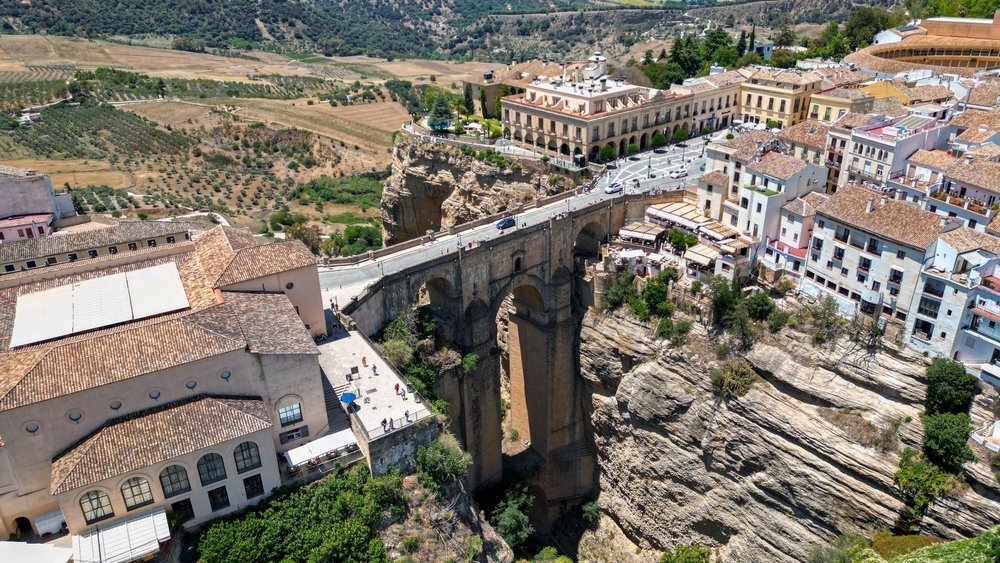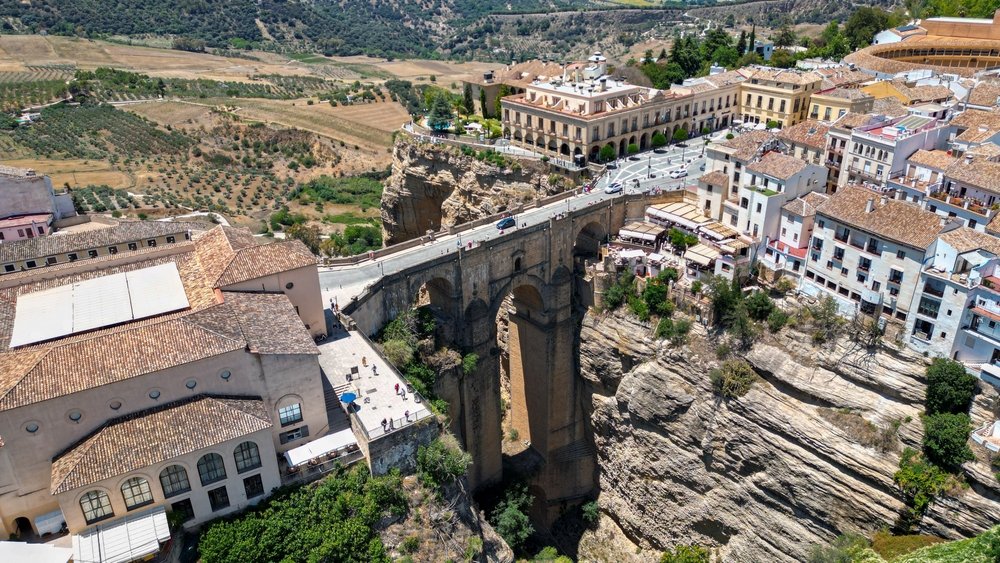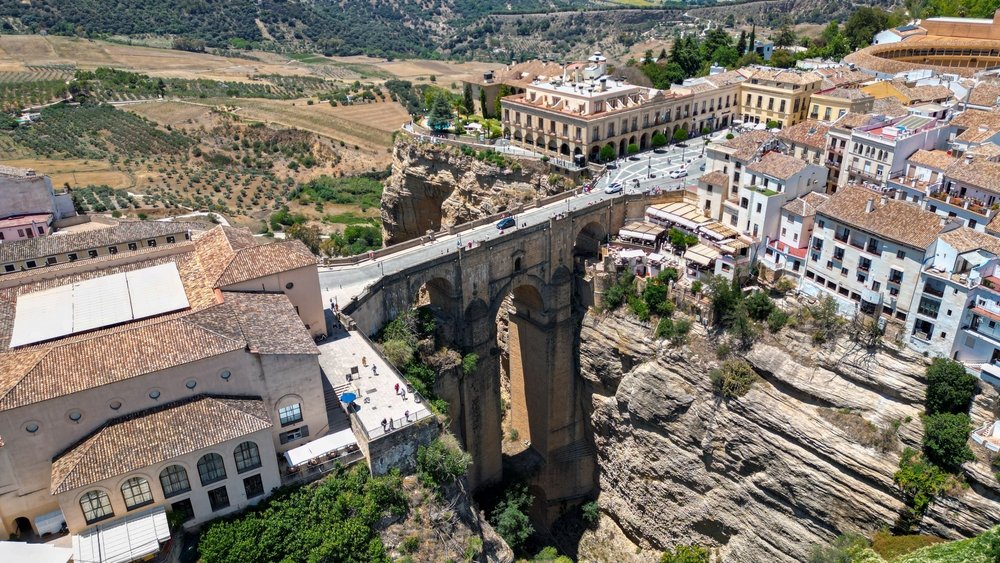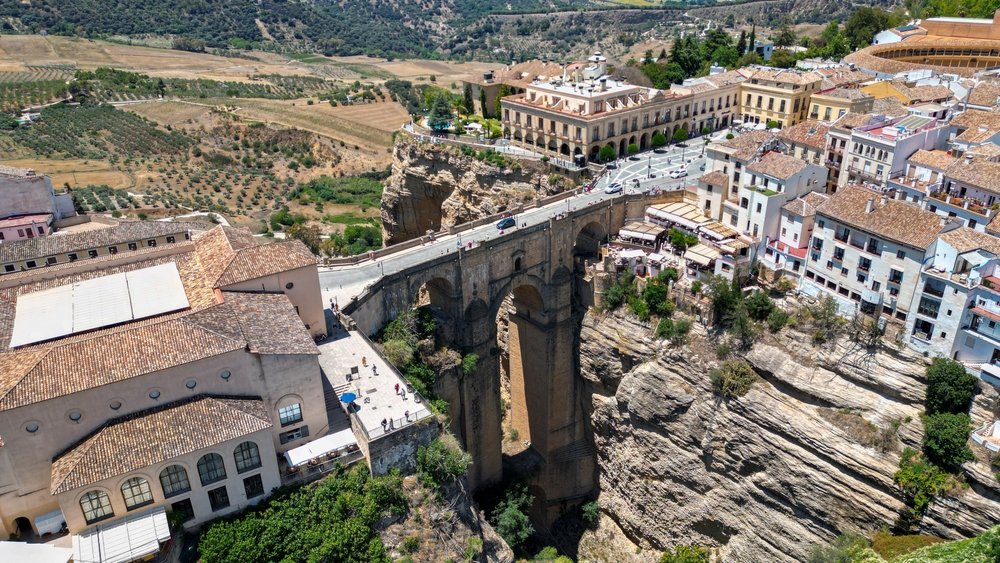The history of the former church dates back to the primitive hermitage built on the site where the Grand Master of Calatrava was located during the conquest of the city. This structure served various purposes, from a lazaretto to a hospital for the poor and pilgrims, adopting the name "El Socorro." It was consecrated as a hospital on November 2, 1557, by the Bishop of Malaga, Don Francisco de Pacheco de Córdoba.
In the early 18th century, the original hermitage was demolished, and a new, larger church was erected, directed by Don F. Gil Ginete, who successfully raised sufficient funds through alms and donations. Construction began in 1706, and three years later, the temple opened its doors for worship.
In the 19th century, due to population growth in the area, the city council requested that the Church of El Socorro be elevated to an independent parish. In 1833, Pope Alexander III granted this request. However, by the mid-century, there were attempts to relocate the parish to the now-extinct convent of La Merced.
The 18th-century building had undergone restorations before the tragic fire. Originally, the church was positioned parallel to the square, featuring a single nave covered by a barrel vault with lunettes and transverse arches divided into three sections. Its facade displayed a carved stone entrance with angel heads and a niche housing a figure of the Child Jesus, created by the Malaga sculptor Martín Higuero. Additionally, it had a red brick tower with ceramic decoration, topped by a slender bell tower.
The current building, entirely designed as a new structure, was conceived by the Malaga architect Enrique Atencia between 1950 and 1956. It features a square layout with three naves and is covered by five domes: one over the crossing and four at the corners of the square. Surrounding it are several chapels, all decorated with Baroque-style plasterwork. The facade is notable for its two square towers, smaller in the bell body than at the base, topped with tiled spires. The main entrance is made of stone, with a semicircular arch between paired pilasters supporting a broken pediment. At the top is the previously mentioned niche with the figure of the Child Jesus, and the ensemble is completed with a curved pediment held up by large corbels, prominently featuring a large imperial coat of arms among cartouches in the tympanum
